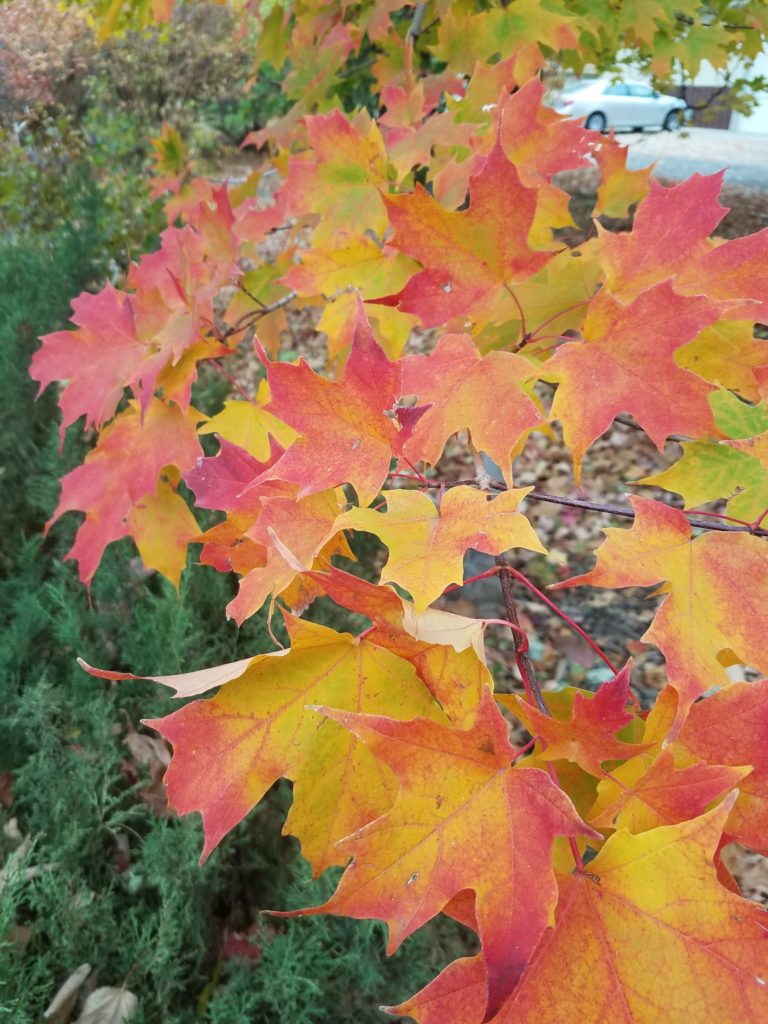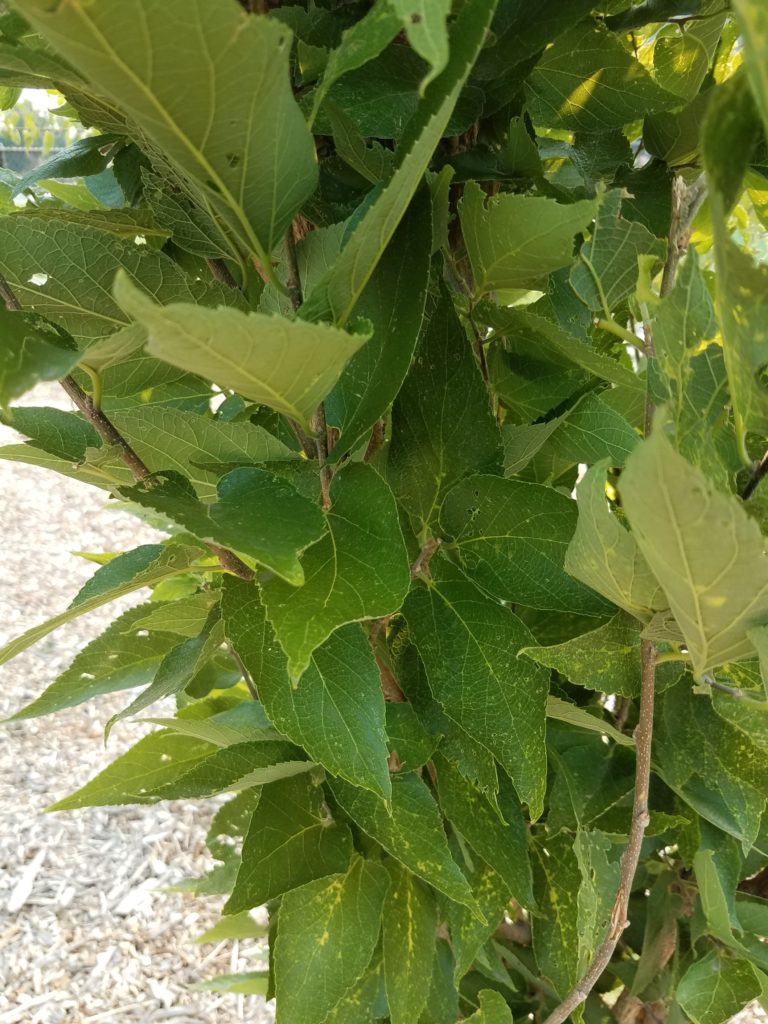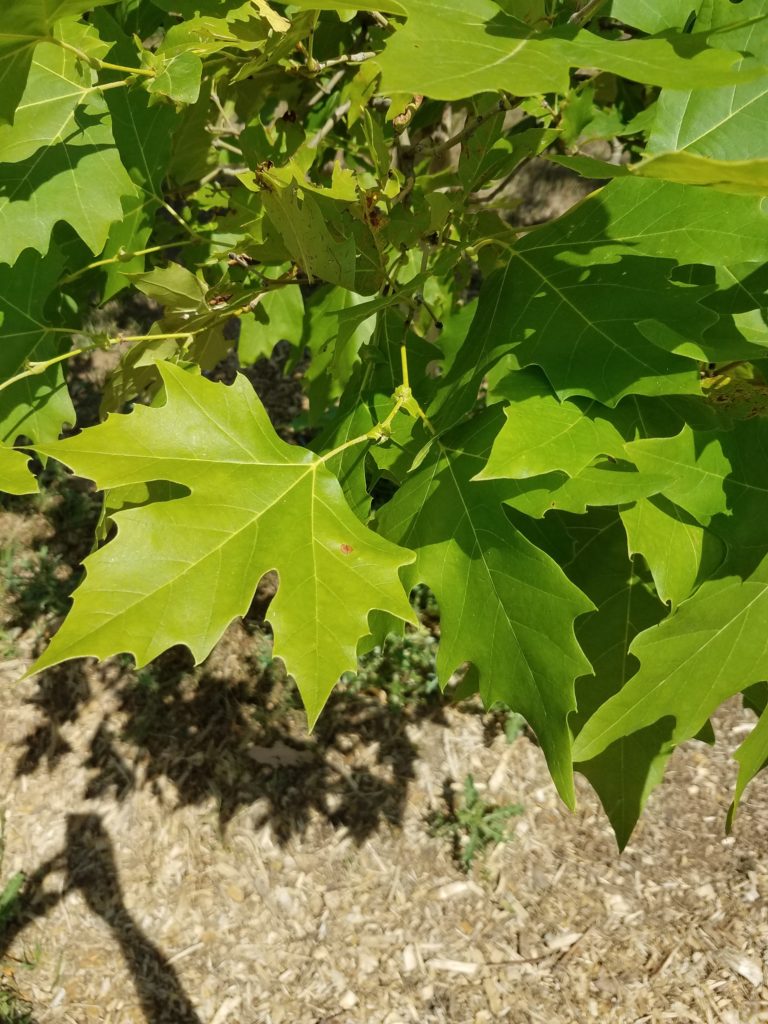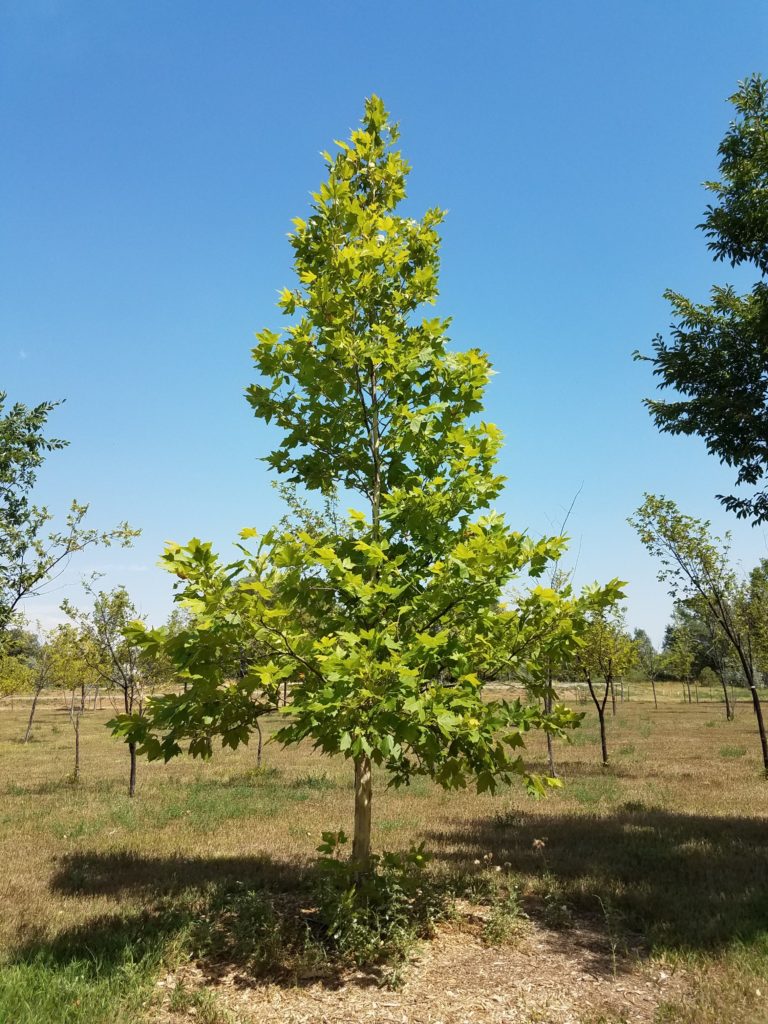
Colorado State University
The Heritage Arboretum on the Colorado State University campus is located at 820 West Lake Street, directly west of Canvas Stadium. The arboretum is approximately six acres, consists of about 1,200 different woody plant taxa, and is laid out by 18 different woody plant families.
Yearly, the woody plants are evaluated for growth rate, growth habit, flower and fruit characteristics, landscape features, hardiness, foliage characteristics, and disease/insects resistance. Annual reports on each taxa performance can be viewed at landscapeplants.agaci.colostate.edu.
A book entitled “Dependable Landscape Trees from the Colorado State University Arboretum” is available for $19.95 plus shipping and handling from CSU University Resource Center, 115 General Services Building, 4061 Campus Delivery, Fort Collins, Colo. 80523 or ordered online at https://csuextstore.com/dependable-landscape-trees. Trees in the book are arranged in alphabetical order by scientific name. Each entry describes the main ornamental features and the year planted, height and width, mature height and width, growth habit, landscape uses, flowers, fruit, fall color, pests, and potential problems.
Some developments that have occurred in the last year include renaming the former Plant Environmental Horticulture Center (PERC) as the Heritage Arboretum as part of the campus-wide arboretum. The campus-wide arboretum was elevated to a Level 3 out of 4 from ArbNet-Accredited Arboretum. Also, a digital plant walk throughout campus is being developed to feature some of the university’s more historic trees. Plus, a great effort is underway to create a more diverse woody plant canopy on the university campus.
A couple outstanding woody plants in the arboretum that should be considered and planted more in Colorado include the following three trees.
Acer saccharum ‘JFS-KW8’ – Autumn Fest Sugar Maple
This tree was obtained from J. Frank Schmidt and Son Nursery in 2009, and has a strong upright growth habit with a dense oval category and strong central leader. It consistently gets good early fall foliage color and goes from dark green in summer to orange-red and red in fall. It grows to about 50 feet tall and 35 feet wide. It is a vigorous and faster-growing sugar maple and cold hardy to Zone 4.
Celtis ‘JFS-KSU1’ – Prairie Sentinel Hackberry
This tree was also obtained from J. Frank Schmidt and Son Nursery in 2009, has a columnar growth habit, and is great for narrow city streets and confined spaces. It was discovered in the high plains of Kansas and has great adaptability to the heat, drought and cold of the prairie and more harsh urban sites. It has medium-green foliage in summer and a yellow fall foliage color. It grows to about 45 feet in height but only 12 feet in width. It prefers full sun to partial sun and is cold hardy to Zone 4.
Plantanus x acerifolia ‘Columbia’ – Columbia London Planetree
This tree was obtained from Femrite Nursery in 2006, and is a disease-resistant hybrid between Platanus occidentalis and Platanus orientalis. This tree has very attractive peeling bark with a mottle pattern, which adds winter interest. It has an upright to rounded growth habit, maturing to about 40 to 50 feet in height and 30 to 40 feet in width. This large tree needs a larger growing space, and is very adaptable and unfazed by soil type, heat or disease. It prefers full sun, is pH adaptable, moderately drought tolerant, and hardy to Zone 4. The fruit/seed balls are spiky spheres and showy.
















